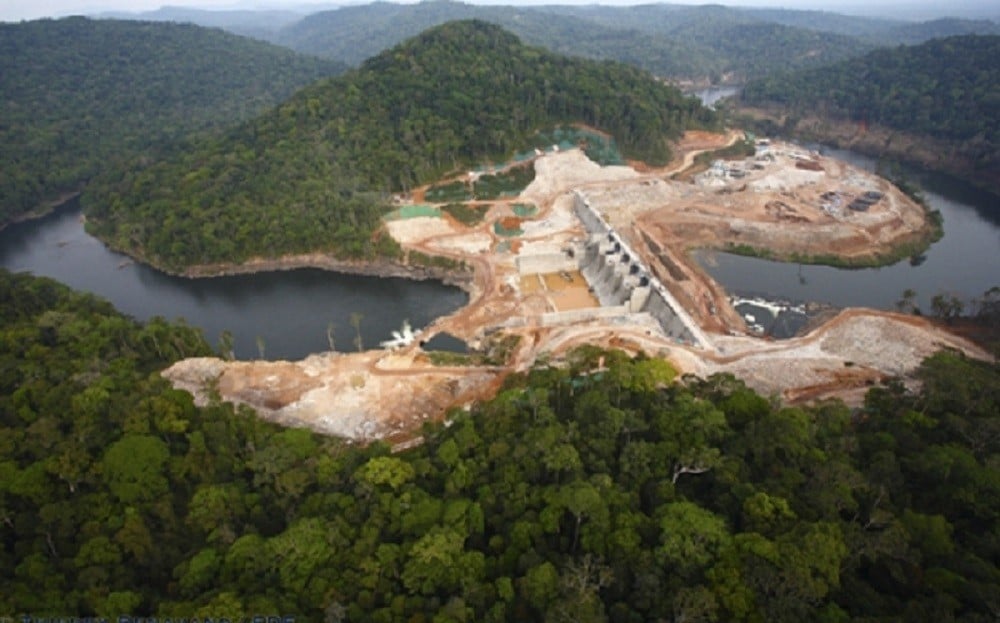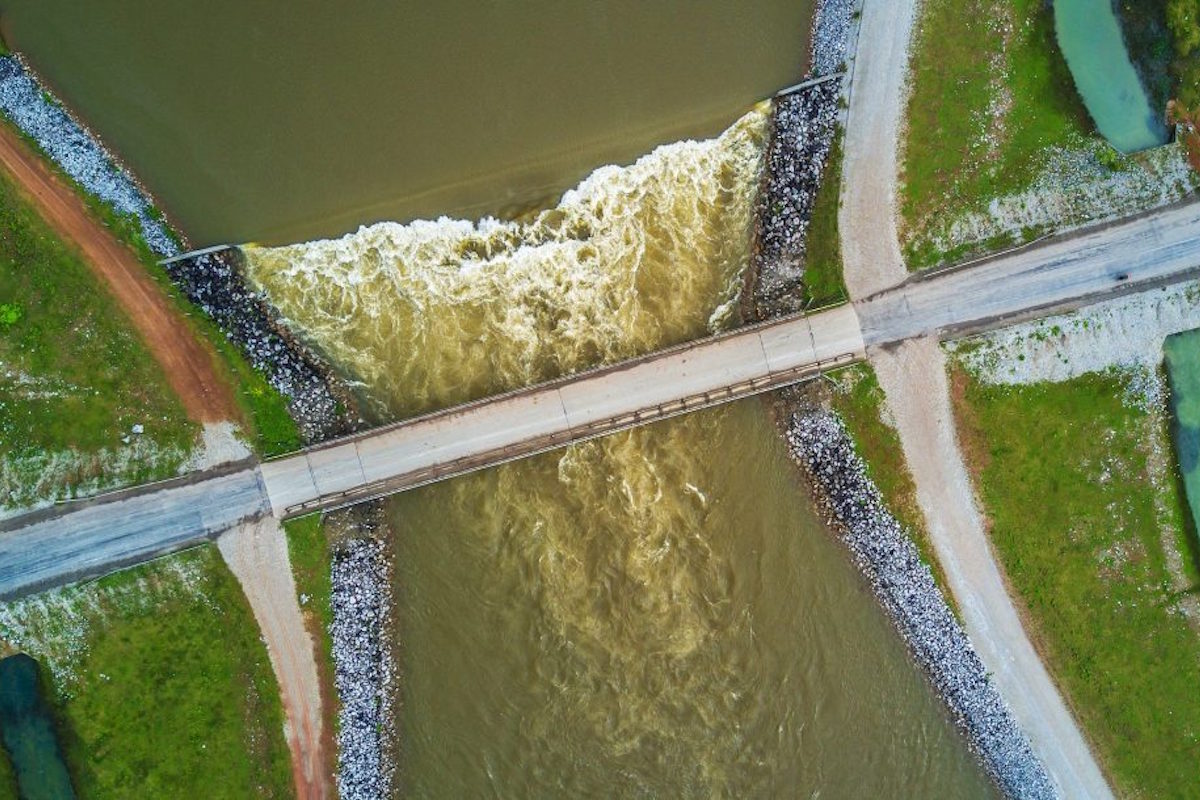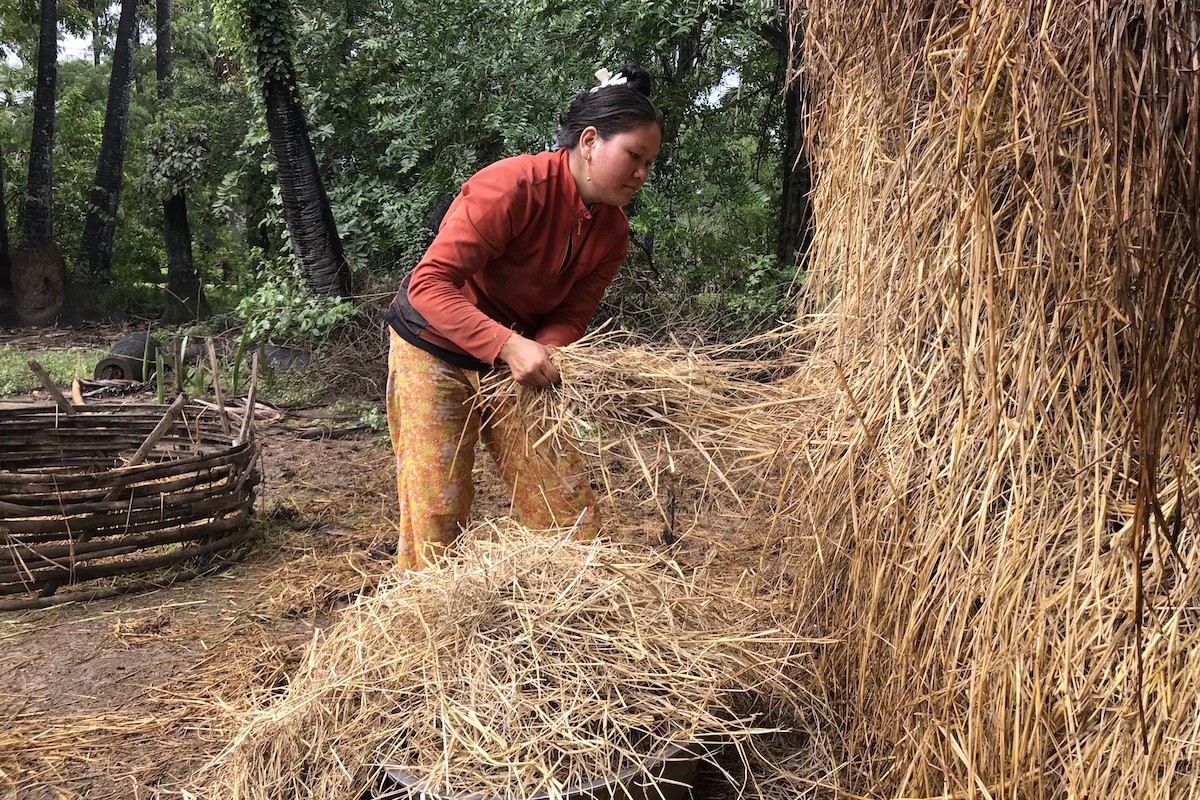ABSTRACT
Large areas of the rural Lao landscape are being rapidly transformed by infrastructure development projects. Arguably, it is hydraulic development that is contributing most significantly to rural socio-ecological change, due to the profound socio-political ruptures dams precipitate. The nationally iconic Theun-Hinboun Hydropower Project, commissioned in 1998 and expanded in 2012, provides an illustrative case of hydropower’s complex social-ecological outcomes. Proponents have argued that the project represents a best-case example of planned, sustainable development, through successful mitigation of negative impacts and benefit-sharing with affected communities, and implemented in accordance with international good practice. This article questions the narratives of sustainability. It is argued that while the project could be considered successful in achieving certain economic objectives defined by the government and investors, evidence of social and environmental sustainability is questionable, raising questions about other dam projects in the country with weaker standards and oversight. Given the extent of negative impacts and associated social trauma in the Nam Hinboun basin, the article considers whether and to what extent such hydraulic development processes under authoritarian rule may be framed as expressions of structural injustice and slow violence.
Lao PDR (Laos) is in the midst of an unprecedented hydropower and dam infrastructure building boom. The Government of Lao PDR (GoL) wants to become “the battery of Southeast Asia,” with the former Vice Minister of Energy and Mines, Viraphonh Viravong declaring: “We want to develop all the (hydropower) potential in Laos that is environmentally acceptable and financially viable” (Reuters, October 28, 2014). Laos had about 6,000 MegaWatts (MW) installed hydropower generation capacity in 2016, and anticipates a capacity of 12,000 MW by 2020, of which two thirds are targeted for export (Reuters, October 28, 2014). Critical attention surrounding hydropower dam development in Laos and the Mekong region has primarily focused on the socio-economic and environmental impacts arising from specific projects (Lee 2014; Evrard 2015). A recurring theme has been the loss of livelihood for riparian communities, especially related to fisheries declines due to the diminished ecological capacity of tropical rivers after barrage construction. In general, the critiques of hydropower development emphasise the negative social and economic impacts for local people, environmental degradation and diminishment of biodiversity, as well as transformations of local knowledge and cultural traditions due to fisheries decline, both ex-ante and post-facto (see Baird and Barney 2017; Friend and Blake 2009; Orr et al. 2012; Sneddon and Fox 2012). Recent attention has also outlined the exclusionary, “water grabbing” dimensions of hydropower development, examining the involvement of state and corporate interests in the accumulation of material and non-material benefits (Matthews 2012).
In this article we extend critical research on Mekong hydropower development by examining under what circumstances state mediated, structural forms of injustice and institutional violence may be present within, and even integral to, dams and their associated multi-level resource governance systems. Our primary argument is that in Laos, the acknowledged adverse social impacts of hydraulic infrastructure (including dams and associated irrigation-based development schemes) do not represent exceptional circumstances, but rather are systematically produced through the “structural politics” of Laos’ mega-project development model, as embedded in an illiberal, authoritarian political system (Rigg 2016, 200). Following Sneddon (2015) and Baird and Quastel (2015), for Laos we conceptualise large-scale hydraulic infrastructure and particularly hydropower as a techno-political intervention in the landscape that is integrated with regional and global energy production and consumption networks. As a result, hydraulic infrastructure frequently induces systemic, path-dependent and disruptive socio-ecological transformations through a spatialised and “tumultuous process of modernization and development” (Swyngedouw 1999, 1). Elsewhere, Swyngedouw (2006, 14) stresses the importance of tracing how social power relations (discursive, economic, political and cultural) are organised into co-evolutionary socio-ecological processes in hydraulic “land-waterscape” contexts. In this article we focus on how hydraulic infrastructure in Laos is established through, and articulates with, state and transnational governance regimes, in a way that unequally allocates the distribution of public goods and costs, and systematically externalises uncompensated environmental impacts onto struggling local communities. While livelihood outcomes vary in important ways across project sites, villages, households and individuals, detailed analysis of the self-described “best practice” Theun-Hinboun Hydropower Project (ADB 2002, 18), helps to illuminate how the dynamics of hydraulic development can be conceived as organised through a structural form of injustice and dispossession (both material and cultural). Such processes, it is maintained, extend beyond particular instances of poor performance by companies and state regulators, to encompass sectoral development patterns and guiding policy settings.
The article then examines whether and to what extent the coupling between capital investors and the Lao hydraulic infrastructure regime could be considered through the lens of infrastructural violence or slow violence. The rush to hydraulic infrastructure in Laos invokes Lefebvre’s (1991, 351) notion of a “fetishism of an abstract economic space,” through which Lao rivers are conceived as sites “suitable” for intensive hydraulic development, via a simplified and calculative vision of nature as commodity (see also Scott 1998, 19–21; Mitchell 2002, 179–205). We draw attention to the progressive accumulation of uncompensated impacts introduced through hydraulic infrastructure development, that can ultimately result in heavily degraded ecosystems and negative livelihood outcomes for large numbers of people. Given the intensity of hydropower investment, we forward that Laos’ hydraulic infrastructure regime also has implications for understanding the broader trajectory of authoritarian state formation, as infrastructural capacity mobilised through the hydraulic regime strengthens and empowers the central state apparatus. In developing this analysis the article also critically examines voluntary corporate claims to sustainability, approaches to hydropower regulation based on efforts to promote deliberative governance, and scholarly research that focuses on decentring state power and parsing forms of local agency in hydropower resettlement.
Instead of a clear neoliberalisation of corporate-authoritarian resource governance, the article draws attention to an increasing consolidation of state-led authoritarian paternalism under the Lao party-state, while extending Singh’s (2014) critique of Goldman (2001) through a situated study. We argue that an important tool of statecraft employed by the Lao People’s Revolutionary Party (LPRP) is focused upon controlling and disciplining rural subjects, whose local ecologies and livelihoods have been fractured through poorly mitigated hydropower development. This is accomplished through the consolidation of sovereign control through hydraulic infrastructure, harnessing both altered hydrologies and domestic and foreign sources of financing to introduce dam-enabled “public” irrigation development projects. Irrigation development is proposed as another high potential “mandated activity” (Creak 2018). It allows the LPRP to manage disparate and potentially unruly populations, rendering them more visible and malleable to further state interventions. The physical and socially hierarchical nature of irrigation management structures favours these modalities of control. In other words, extending full state hydraulic control over a complex land-waterscape via hydropower and through an inter-dependent irrigation infrastructure paradigm, enables new and profound forms of material, spatial and discursive command over internal political state space.
In developing these arguments, we direct attention to a case study of a Mekong tributary river, the Nam Hinboun, at a juncture when much international and scholarly attention is aimed towards larger dam projects underway on the mainstream Mekong River (see Hirsch 2016; Blake and Robins 2016). After a brief review of relevant literature on structural forms of injustice and infrastructural/slow violence involving extractive development, we examine the key policy settings underpinning the hydraulic infrastructure regime. We then elaborate the case study of the dams in the Nam Hinboun watershed, through a critical analysis of claims to sustainability vis-à-vis an adverse incorporation of rural communities into a new socio-natural hydraulic regime, and the creation of newly precarious livelihoods. Drawing from this critical approach, supported through long-term field observations in situ, and a detailed reading of the literature on dams and displacement in Laos, we maintain that the contemporary dam infrastructure paradigm in Laos can be most usefully considered as based upon embedded processes of structural social injustice, and at times, forms of dam-induced slow violence.1





